Blood Shrimp Facts
- This brilliantly-hued creation of Nature and evolution most frequently goes by the common name of the Blood Shrimp. Though less often used, it’s also known by several other general names. These include the names fire shrimp and scarlet cleaner shrimp.
- Within scientific circles, however, this marvel is typically best known by its formal name. That’s a difficult term to pronounce, though, at least for non-professionals. That’s because the Arthropod bears the official name of the Lysmata debelius.
- The creature received that name due to the efforts of the American researcher A. J. Bruce. He recorded the first official acknowledgement of the animal as a separate and distinct species. This scientifically noteworthy event further occurred in the year 1983.
- For the moment, the amazing Blood Shrimp appears to be maintaining a population in the wild that’s both stable and sufficient. This also seems to hold true throughout the entirety of its range. The IUCN, therefore, currently has no listing for it on its Red List.
- The crustacean nevertheless faces several potential threats to its population in the wild. Though not typically fished commercially, accidental bycatch does occur. Its greatest threat, though, likely comes from climate change, as holds true for all species on earth.
Related Articles
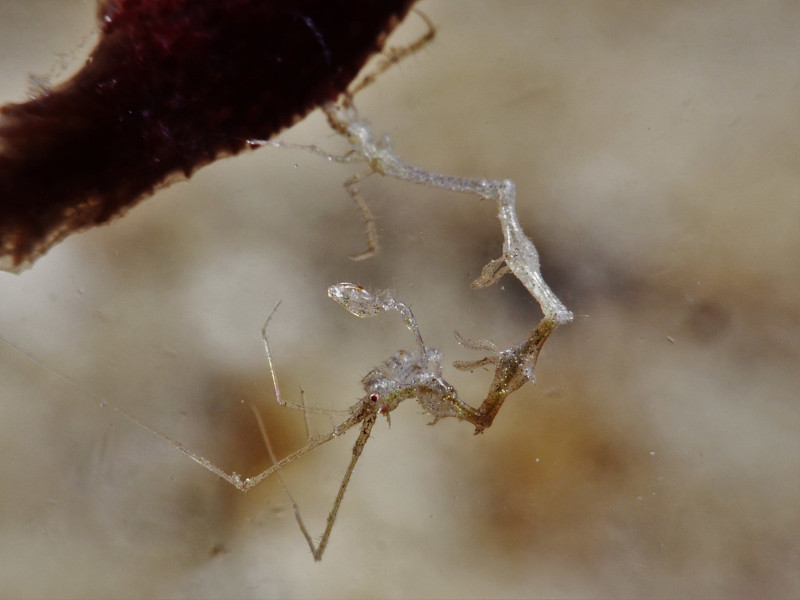
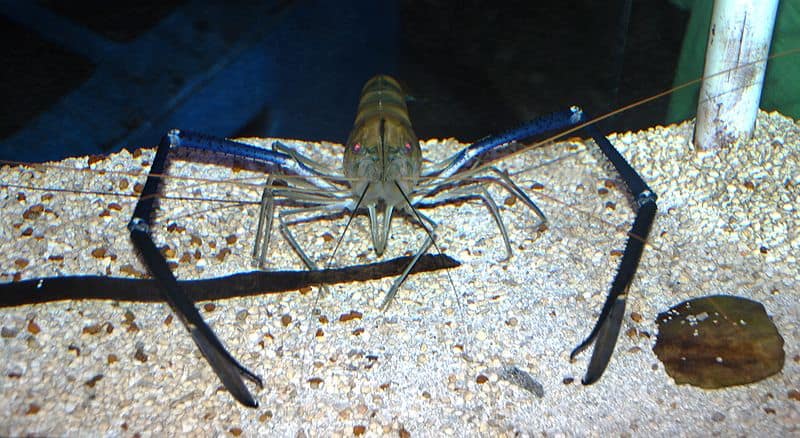
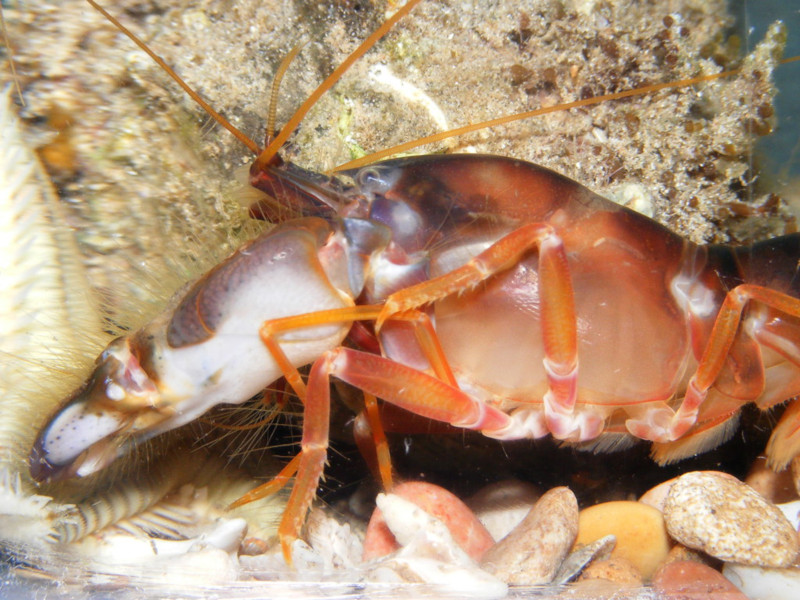
Blood Shrimp Physical Description
The stunning Blood Shrimp certainly garners its share of attention. The creature does so, however, principally due to its appearance. That’s due to the fact that the animal packs so much splendor into a tiny body. Nature, though, paces no importance on sheer size.
It also merits mentioning that the Decapod evolved as a natural hermaphrodite. Due to that aspect of its physiology, the principle of sexual dimorphism does not apply to it. That’s a characteristic it also shares with many, though not all, of its numerous related species.
The majority of mature individuals display little variation in terms of size. Adults typically attain a known maximum length measuring approximately 2 in (5 cm). This makes the intriguing animal slightly smaller than the average-sized member of its Order tend to be.
Like others of its kind, the fabulous Blood Shrimp possesses an elongated body. As the name of its Order implies, the dazzling invertebrate has 10 legs. Each of these develops a bright white region, extending from the tip backward, covering a portion of each of its legs.
The most attention-grabbing trait it displays, however, is the startling shade over nearly all the rest of its body. This feature generally shows a bright crimson shade. Yet the animal does show white dots on the cephalothorax, in addition to entirely white antennae.
- Kingdom: Animalia
- Phylum: Arthropoda
- Class: Malacostraca
- Order: Decapoda
- Family: Lysmatidae
- Genus: Lysmata
- Species: L. debelius
Blood Shrimp Distribution, Habitat, and Ecology
Fortunately for the Blood Shrimp, as well as those who appreciate Nature, the remarkable shrimp evolved as native a relatively broad swathe of the globe. That’s true since the creature seems to be native to much, if not, all of what’s now known as the Indo-Pacific region.
Though present throughout this territory, this wonder does appear to more prevalent in certain sections. As a result, the majority of specimens live in the territorial waters of four countries. It mainly appears in the regions of the Philippines, Indonesia, Bali, and Sri Lanka.
Most individuals of this fascinating species also display a strong preference for shallower waters, thus its greater presence near coastlines. The majority of observed specimens live in areas with depths ranging from 32.8 – 91.9 ft (10 – 28 m). That clearly limits its options.
Yet there’s also another factor that comes into play, regarding where it lives. That’s due to the fact that most members of this species make their homes in regions of coral reefs. There, individuals often establish mutually beneficial relationships with various types of fish.
The Blood Shrimp frequently plays the role of what’s known as a cleaner species. Local fish learn to come to where this wonder sits waiting. Once there, it removes and consumes dead skin and scales from the fish, along with external parasites, with both profiting.
It also lives a primarily nocturnal existence, only rarely coming out by day. It also evolved as a natural scavenger. The animal additionally feeds on virtually any organic detritus that falls to the ocean floor. It also consumes various quantities of plant matter similarly found.
Species Sharing Its Range
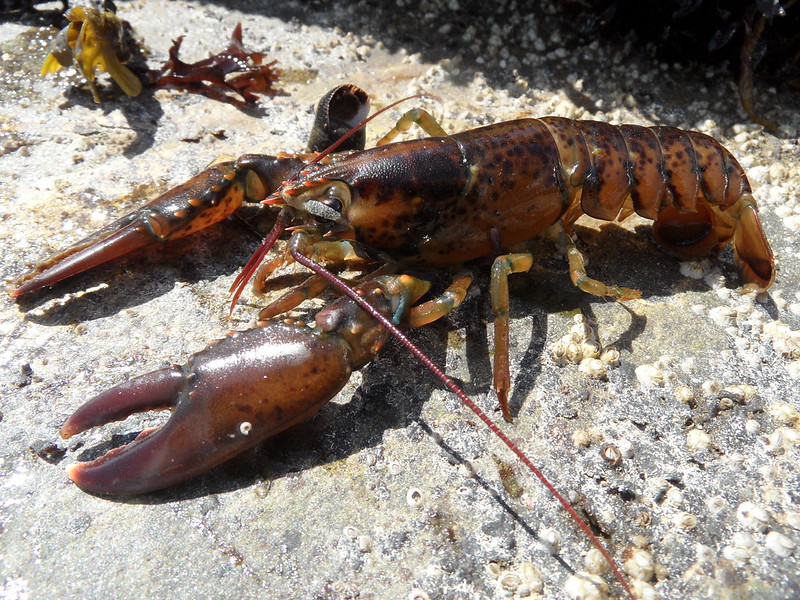
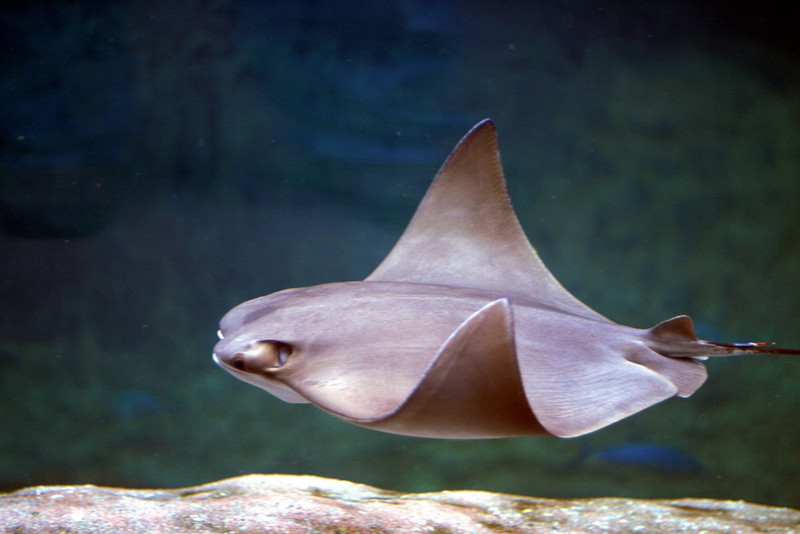
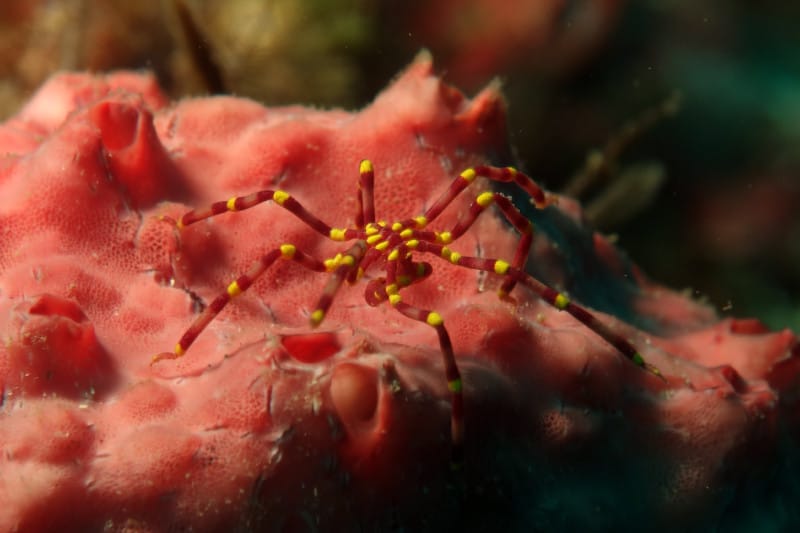
Check out our other articles on 4 Incredibly Intriguing Irises, Delta Green Ground Beetle, Mount Kinabalu, Tahina Palm, Rhea, Tabebuia, Gray Fox, Lau Banded Iguana, Hyacinth Macaw, Tiger Shark
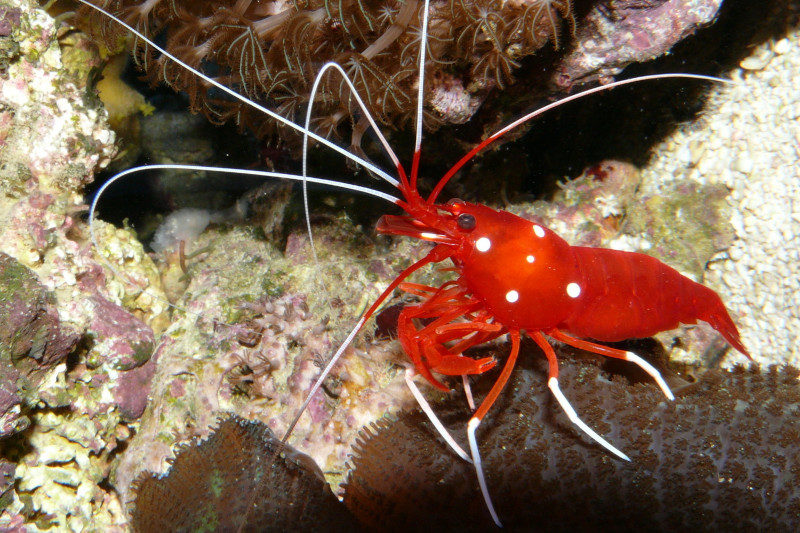
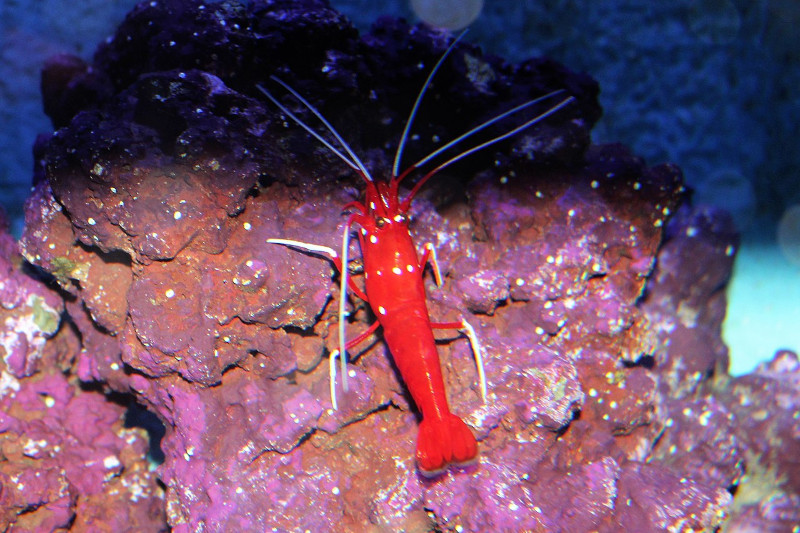
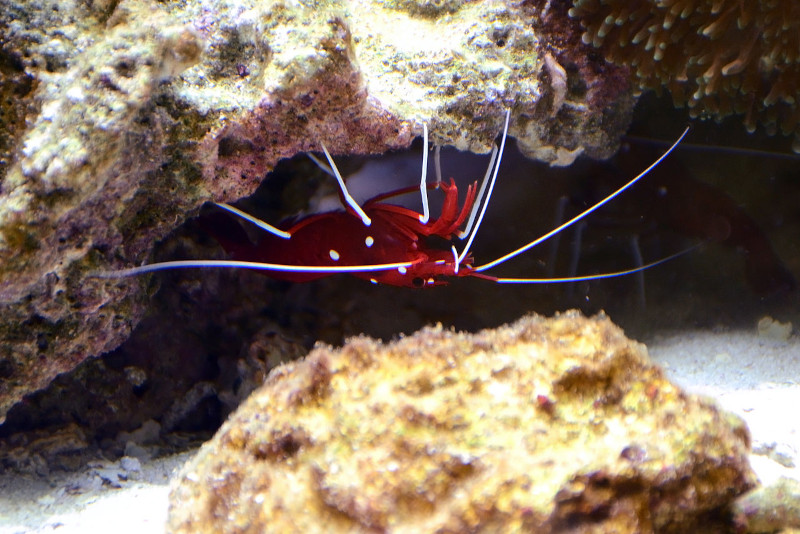









Leave a Reply